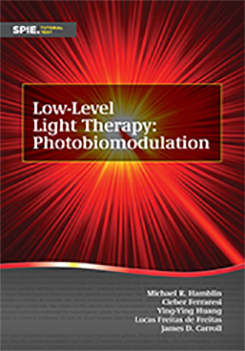|
7.1 Introduction Many diseases and traumatic events involving tissue damage are injurious because of ischemia, a sudden or more gradual process characterized by the deprivation of life-sustaining oxygen. Ischemic heart disease and ischemic stroke account for the largest cause of mortality and morbidity in modern life. The term “pre-conditioning” (PC) was first applied to a regimen in which repetitive short episodes of ischemia and reperfusion could lead the myocardium to develop resistance to a subsequent ischemic insult, i.e., heart attack. A novel treatment strategy to counter ischemic cardiac disease and stroke has been developed, termed ischemic pre-conditioning (IPC). IPC is based on the premise that brief durations of ischemia induce intrinsic cellular defense systems and lead to the tolerance of vital organs to subsequent, more-severe ischemia. During direct pre-conditioning, for example, brief occlusions of a coronary or carotid artery protect the heart or the brain from longer durations of ischemia and reduce the resulting infarct volumes after heart attack or stroke. In remote IPC, brief ischemia is deliberately induced in one organ, typically an easily accessible tissue such as a limb, and subsequently protects a distant organ (typically the brain or the heart) from more-severe ischemia. This concept was originally discovered using a rabbit heart-attack model, when an initial episode of mild ischemia followed by reperfusion made the heart more resistant to a subsequent lethal ischemic insult. Since then, IPC has become a powerful experimental technique to combat ischemic insults in most organs and has been extensively studied in many laboratories around the world. |
|
|


